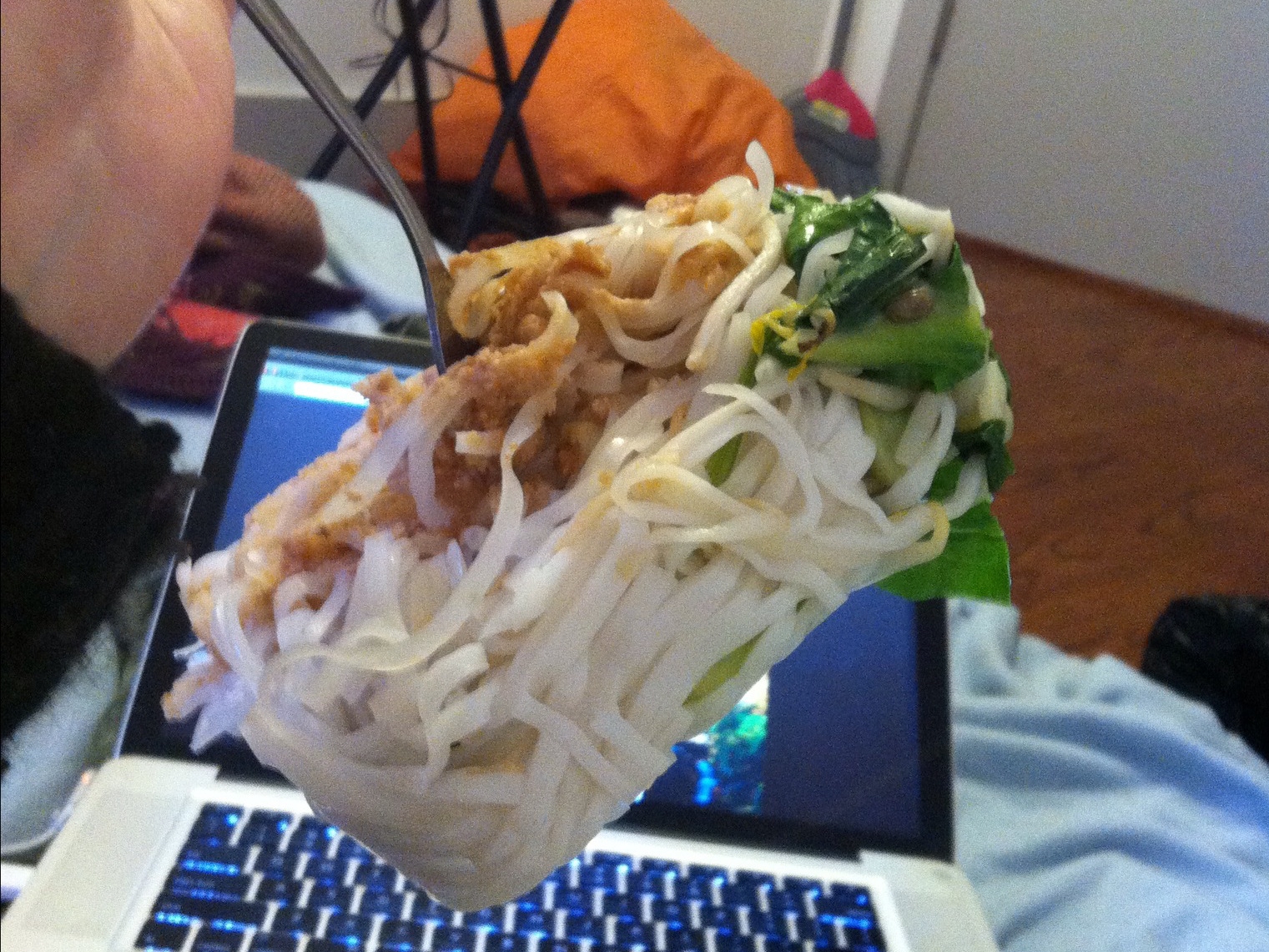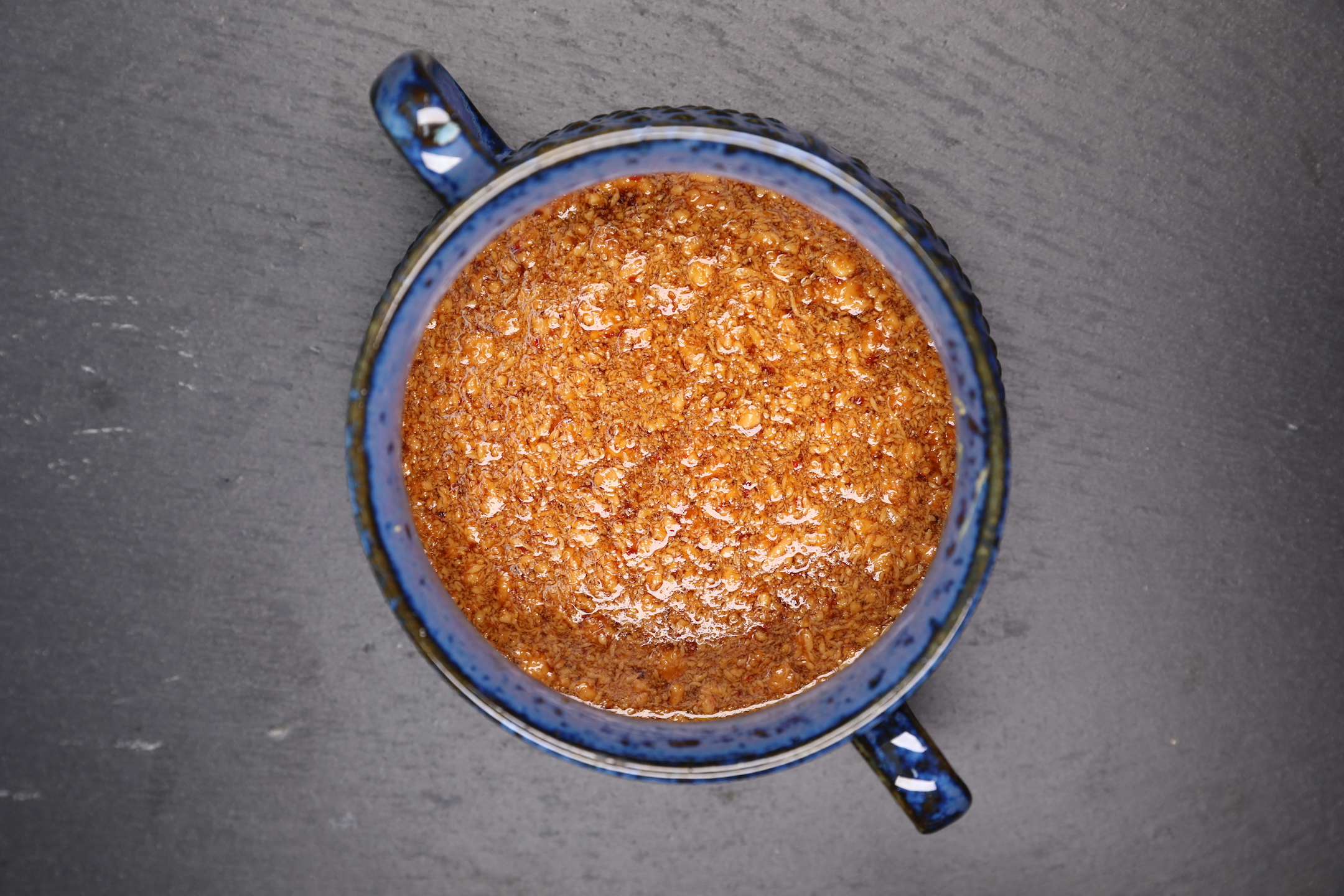Chocolate Cherry Smoothie
/This chocolate cherry smoothie is the perfect indulgent, yet secretly-healthy summer beverage. Chocolate and cherries are one of my favorite food pairings, but these days when it's too hot to turn on the oven it's time to consider other ways to make that combination happen, so this week I've been making this delicious smoothie quite often.
A couple of weeks ago I mentioned that we got six pounds of cherries in our CSA box, which we quickly devoured raw and any leftovers went into baked goods. Well, last week we took it to a whole new level when we got a whole 18-pound case of cherries from the farmers market- which I realize sounds insane given that my household has just two people and one small rabbit (who doesn't eat fruit), but once I pitted all of them and put them in the freezer they fit in two gallon sized freezer bags, which is actually a pretty manageable amount to store and use up within a reasonable time frame.
Because of this, you may have noticed that I've been making a lot of cherry recipes lately- probably too many, but I promise there are some cherry-free recipes coming soon!
For now, I've been fully enjoying cooking with them, photographing them, and eating handfuls every time I pass by the fridge.
I haven't posted many smoothie recipes on my blog- actually, I just checked and this is the first one! That's because there's only a very brief time of the year when I can enjoy a smoothie without feeling like I'm turning into a human ice cube, and now that it's above 80 degrees most days here in the PNW, I am fully enjoying icy cold smoothies- and not even needing to take a hot shower after to warm up!
While I can't fathom enjoying a smoothie any other time of the year than in the summer, if you're reading this and you're the kind of person who can drink a cold smoothie in the dead of winter, you go right ahead! There's no need to wait for cherry season to come around to make this smoothie since most grocery stores will have frozen cherries available all year.
For added nutrition, you can blend a handful of spinach or kale into the smoothie and the sweetness of the cherries will completely mask any flavors from the greens.
I hope you enjoy the recipe!










































































































